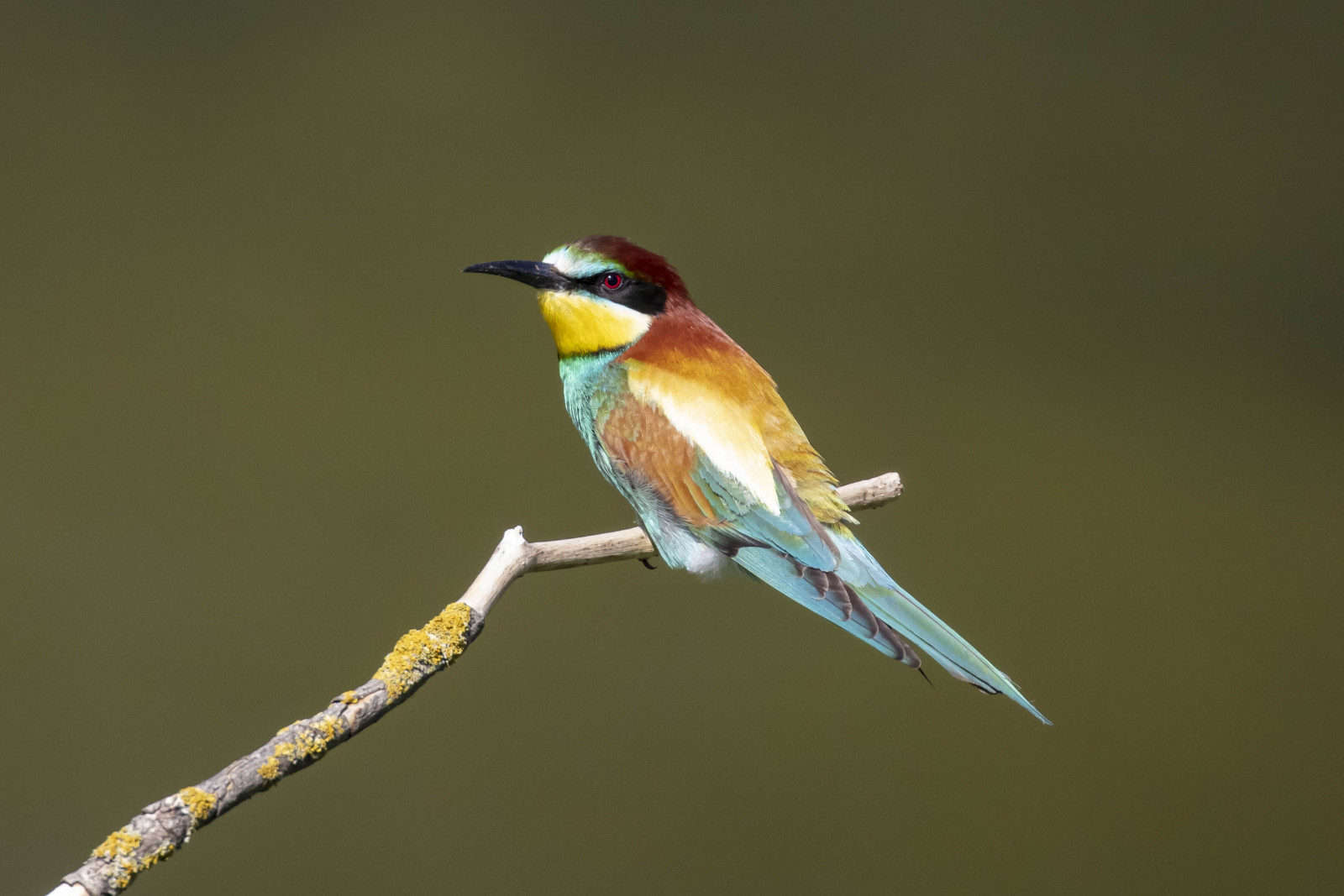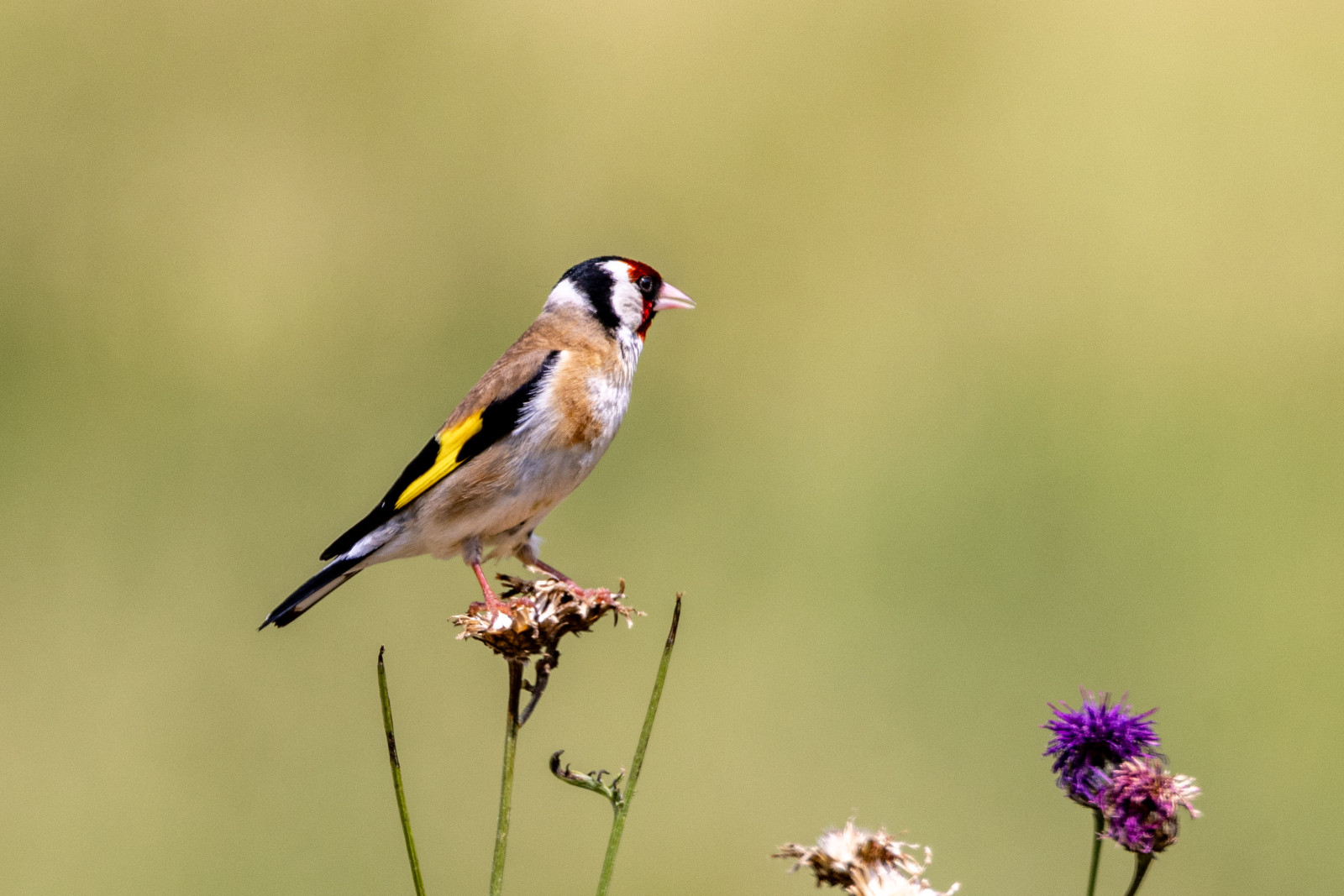Beschreibung
This region in Wallis is one of the most bird-rich areas in Switzerland. Through the hedge landscape of Susten and Agarn you reach the Leukerfeld which has a series of ponds. These ponds are a remnant of an old arm of the river Rotten (Rhone). From the observation posts you can observe Eisvogel and from May the colored Bienenfresser. This is so far the most beautiful bird area I have seen in Switzerland. The colony of Bienenfresser is especially beautiful.
Details
Zugang
Parking is free, but there are few parking options. You have to walk about 2 km to get there. Public transport: one can either travel by train to Leuk or Turtmann station. From Leuk station, an easier route is to cross the river to the other side, and walk along the hiking trail (along the river but at a slightly elevated level), before crossing the next bridge towards the golf course. A more straightforward way is to walk from Turtmann station, going first towards Turtmann Dorf, and then follow the hiking trail (all flat) towards the hide. In the summer, the hide offers the best spot to see the bee-eaters.
Terrain und Habitat
Feuchtgebiet , EbeneBedingungen
FlachRundweg
NeinIst ein Spektiv nützlich?
Möglicherweise hilfreichGute Beobachtungszeit
Sommer , GanzjährigBeste Beobachtungszeit
SommerRoute
unbefestigte Straße , Normaler WegSchwierigkeitsgrad der Tour
EinfachErreichbarkeit
zu Fuß , FahrradBeobachtungshütten oder -türme
JaZusätzliche Informationen
I was here at the end of August and then the bee-eaters flew back and forth. I don't know how long this has been like this.





